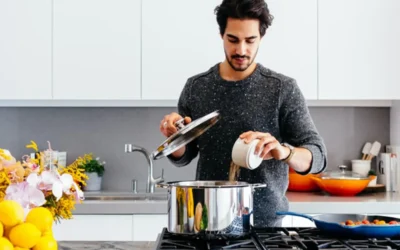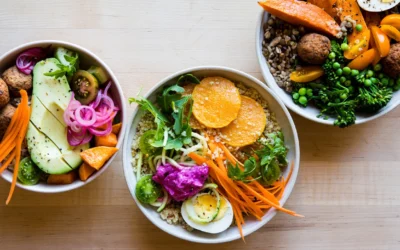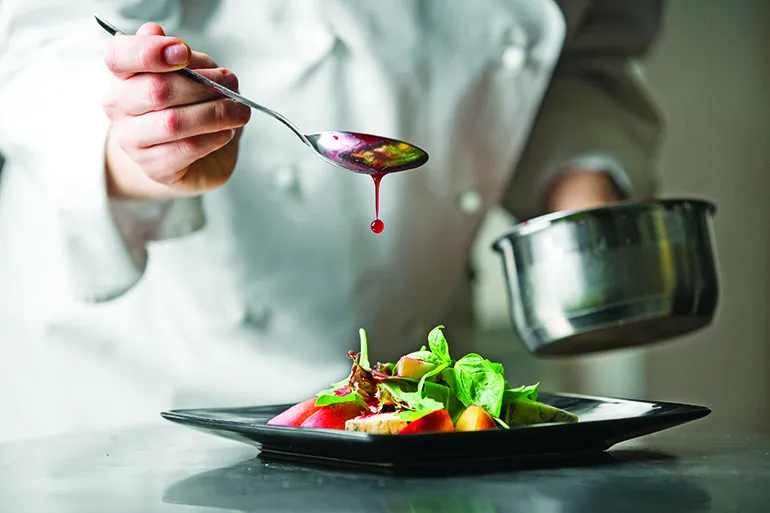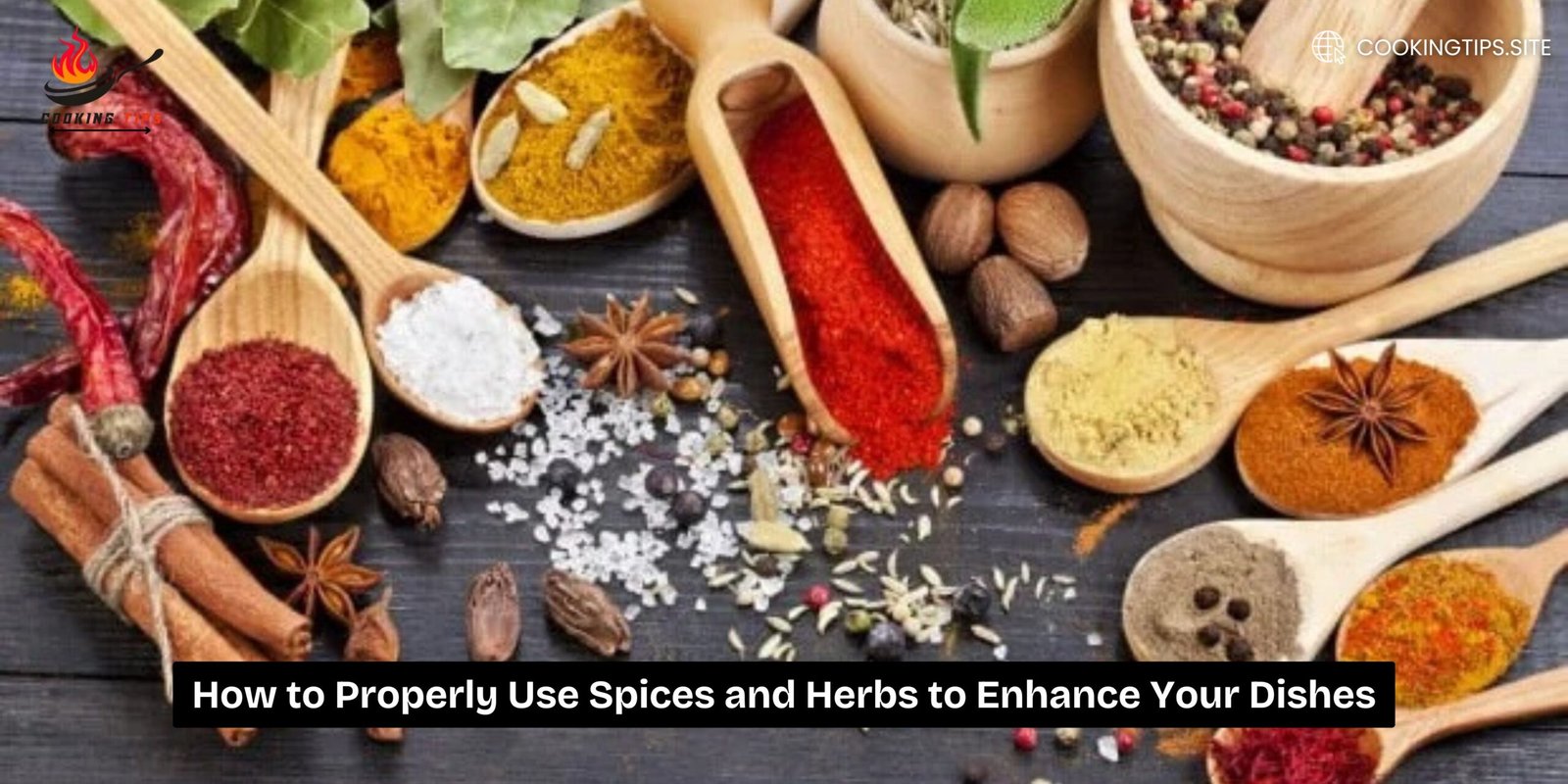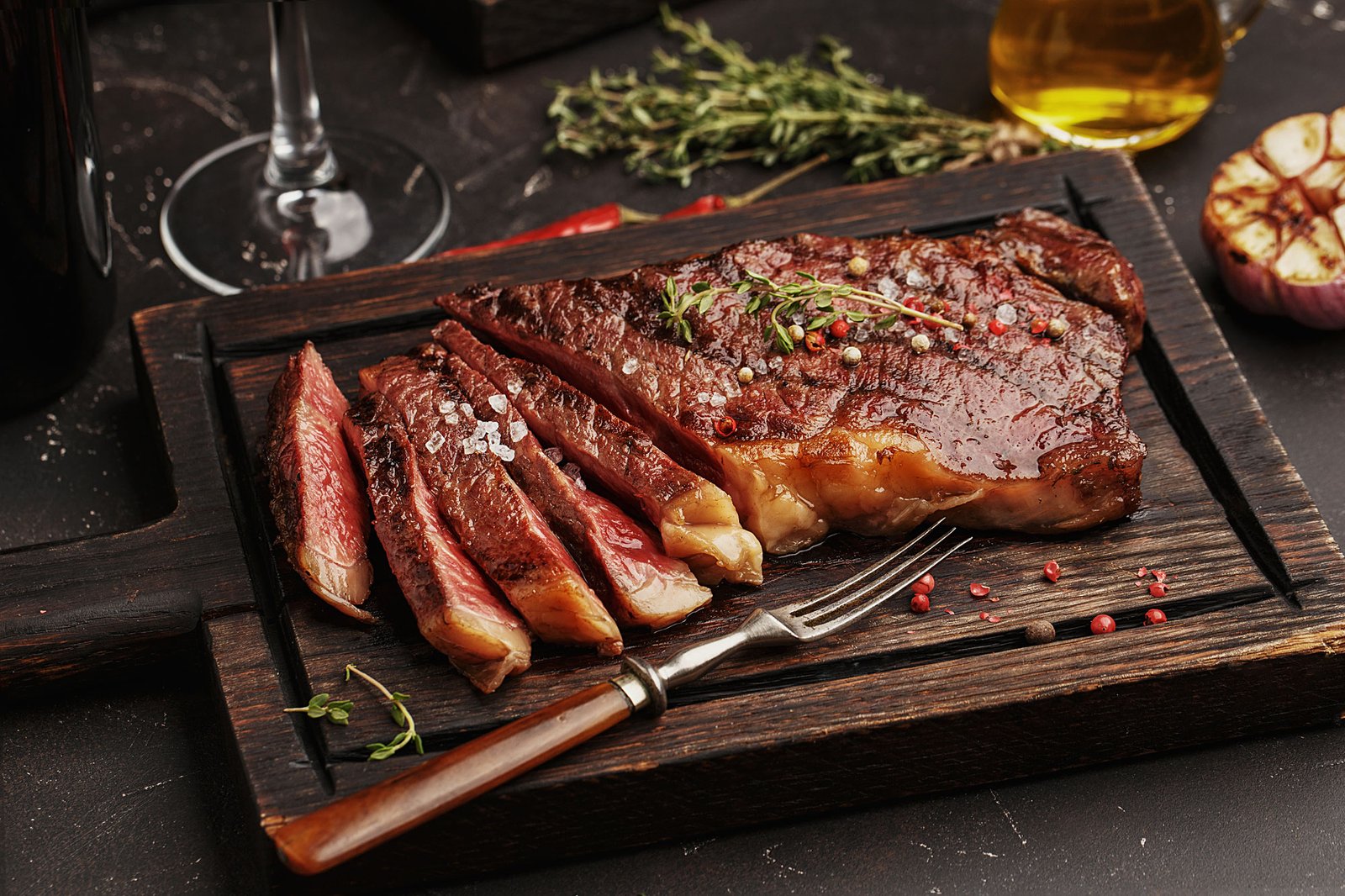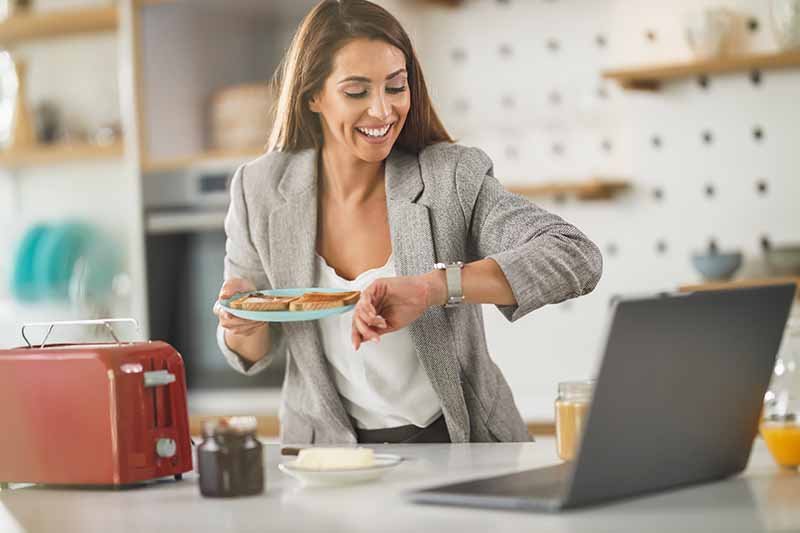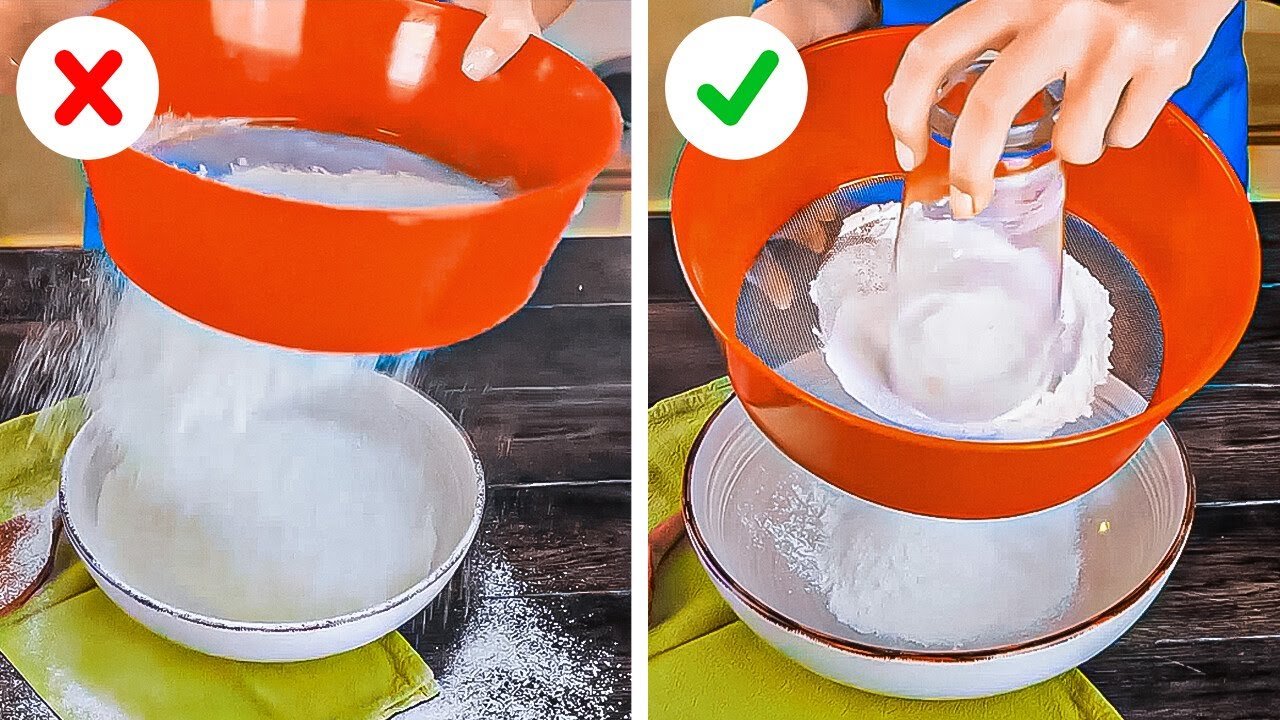Understanding different cooking methods is a fundamental part of becoming a confident cook. Each method brings out unique flavors and textures in food, and learning how to use them properly can elevate your culinary skills. In this guide, we’ll break down several key cooking techniques—sautéing, braising, roasting, grilling, steaming, and more—so you can feel confident applying them in your kitchen.
1. Sautéing
What it is:
Sautéing is a quick cooking method that involves cooking food over medium to high heat in a small amount of fat, usually oil or butter. It’s typically used for vegetables, fish, or tender cuts of meat.
How to do it:
- Heat a pan over medium to high heat and add a small amount of oil or butter.
- Once the oil is hot (but not smoking), add your food and cook for 2–5 minutes, stirring occasionally, until it’s golden brown and tender.
- The goal is to cook food quickly while retaining its texture and flavor.
When to use it:
Sautéing is ideal for quick-cooking ingredients like onions, garlic, bell peppers, mushrooms, and boneless chicken breasts. It’s also perfect for stir-fries and making sauces.
2. Braising
What it is:
Braising is a slow-cooking technique used to tenderize tougher cuts of meat or dense vegetables. It involves first browning the food in fat and then cooking it in a small amount of liquid (like broth, wine, or water) at a low temperature over a long period of time.
How to do it:
- Begin by searing the meat or vegetables in hot oil to develop flavor.
- Once browned, add enough liquid to cover the food halfway.
- Cover the pot and cook on low heat (either on the stove or in the oven) for 1-3 hours, depending on the thickness of the food.
When to use it:
Braising is perfect for cuts of meat like chuck roast, short ribs, or pork shoulder. It’s also great for root vegetables like carrots, parsnips, and turnips, which need longer cooking times to soften.
3. Roasting
What it is:
Roasting involves cooking food in an oven with dry heat. This method is typically used for vegetables, meats, and poultry, and it results in a beautifully caramelized, flavorful exterior with a tender interior.
How to do it:
- Preheat your oven to the desired temperature (usually between 375°F–425°F or 190°C–220°C).
- Coat your food (vegetables, meats, etc.) with oil, salt, and your choice of herbs or spices.
- Place it on a baking sheet or in a roasting pan and cook for the required time, turning occasionally to ensure even browning.
When to use it:
Roasting is perfect for vegetables (like carrots, potatoes, and squash), meats (chicken, pork, and beef roasts), and even fruits (like apples or pears) to bring out their natural sweetness.
4. Grilling
What it is:
Grilling is a dry-heat method of cooking food over an open flame or heat source. It imparts a smoky flavor and crispy texture to meats, vegetables, and even fruits.
How to do it:
- Preheat your grill to the desired temperature.
- Brush the food with oil and season it with salt, pepper, or your favorite marinade.
- Place the food directly on the grill grates and cook, flipping occasionally, until the food is cooked through and has grill marks.
When to use it:
Grilling is ideal for foods that cook quickly over direct heat, such as steaks, burgers, chicken breasts, fish fillets, and vegetables like zucchini, peppers, and corn.
5. Steaming
What it is:
Steaming is a gentle cooking method where food is placed over boiling water and cooked by the steam that rises from it. This method preserves nutrients and keeps food moist and tender without the need for added fat.
How to do it:
- Fill a pot with water and bring it to a boil.
- Place a steamer basket (or a colander) over the pot, making sure it doesn’t touch the water.
- Add your food to the steamer basket, cover with a lid, and steam for the appropriate time (usually 5-10 minutes depending on the food).
When to use it:
Steaming is excellent for vegetables like broccoli, spinach, and peas, as well as fish and dumplings. It’s also a great way to cook delicate foods that you want to keep moist without using oils or fats.
6. Frying (Deep-Frying & Pan-Frying)
What it is:
Frying involves cooking food in hot oil. There are two primary types of frying: deep-frying, where food is submerged in hot oil, and pan-frying, where food is cooked in a shallow layer of hot oil.
How to do it (Deep-Frying):
- Heat a pot of oil to the desired temperature (usually 350°F–375°F or 175°C–190°C).
- Carefully lower the food into the hot oil using tongs or a frying basket, and cook until golden brown and crispy.
- Remove the food from the oil and place it on paper towels to drain excess oil.
How to do it (Pan-Frying):
- Heat a few tablespoons of oil in a pan over medium-high heat.
- Once the oil is hot, add your food and cook, flipping as necessary, until golden brown and cooked through.
When to use it:
Deep-frying is great for foods like French fries, fried chicken, and donuts. Pan-frying is perfect for breaded fish fillets, pork chops, and smaller cuts of meat.
7. Simmering
What it is:
Simmering is a gentle cooking method where food is cooked in liquid at a temperature just below boiling (around 180°F–200°F or 82°C–93°C). The goal is to cook food slowly and allow flavors to meld without the violent bubbling of a full boil.
How to do it:
- Bring your liquid (water, broth, etc.) to a boil, then reduce the heat to low so that the liquid is gently bubbling.
- Add your ingredients and cook for the required time, keeping the heat low to avoid boiling over or making the food too tough.
When to use it:
Simmering is commonly used for soups, stews, stocks, and sauces. It’s also the preferred method for cooking beans, grains, and delicate meats that require a long cooking time.
8. Poaching
What it is:
Poaching is a gentle cooking technique where food is submerged in liquid (usually water, milk, or broth) and cooked at low temperatures, just below simmering (around 160°F–180°F or 71°C–82°C). The food cooks slowly and absorbs the flavors of the liquid.
How to do it:
- Heat your liquid in a pot, ensuring it stays just below simmering.
- Gently add your food (like eggs, fish, or poultry) and cook it slowly, checking periodically for doneness.
When to use it:
Poaching is ideal for delicate proteins such as eggs, fish, and poultry. It’s also great for making poached pears or peaches.
Conclusion
Now that you’re familiar with the basic cooking methods—sautéing, braising, roasting, grilling, steaming, and more—you can start experimenting with these techniques to create a variety of delicious dishes. Each method has its unique qualities, and the more you practice, the better you’ll become at using them to enhance the flavors and textures of your food. Happy cooking!

